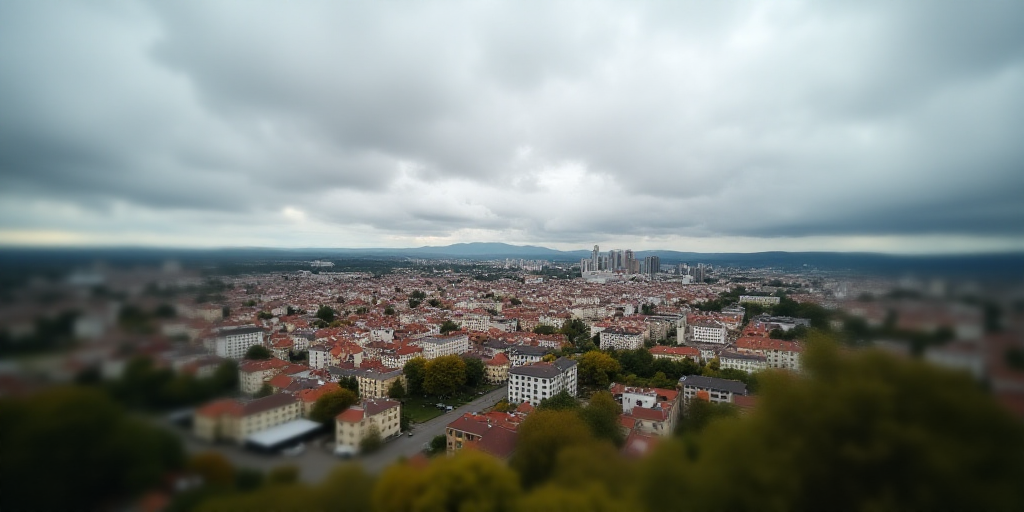The Rapid Urban Transformation of Mexico City
In recent years, the urban landscape of Mexico City has undergone a significant transformation. Once working-class neighborhoods like Roma, Juárez, and Escandón have seen facades renovated, English-language cafes open, and new real estate developments replace local businesses. This phenomenon, known as gentrification, has not only altered the aesthetics of these neighborhoods but also the lives of their inhabitants.
The Impact on Residents
Angélica, a resident of Pensil Norte for 48 years, stated, “We are a clear example of gentrification. Currently, a 240-unit complex is being built in our neighborhood, where the Norma 26 does not apply. I cannot afford anything from that development as it costs over 2 million pesos, and with my Infonavit credit, I can only borrow 600,000 pesos. They market it as the New Polanco, but proudly, we are Pensil.”
Government Response and Concerns
In response to public pressure, the capital’s government introduced Band 1, a strategy to curb price hikes and regulate rents. However, some residents expressed concerns about the scope of this strategy and other real estate initiatives.
Expert Perspective on Gentrification
Federico Taboada, an advisor to the Secretariat of Housing, explained that gentrification is a solvable issue addressed in other parts of the world. “In Vienna, for example, people spend only 9% of their income on housing because there is a large supply of public housing,” he said. “Here, the supply of social housing is very limited.”
Taboada emphasized that the value of properties in Mexico City has increased due to public investment, not internal renovations. “A property is worth more if it’s near public transportation, a park, or the Metrobús—this is how it works everywhere,” he added.
Regulation of Short-Term Rental Platforms
One contentious issue is the regulation of short-term rental platforms like Airbnb. While the goal is to balance the market and provide legal certainty for renters, many citizens have voiced opposition to what they perceive as excessive measures.
“I don’t agree with restricting hosts to renting only 50% of the nights per year,” said Magdalena, a resident of Escandón for 28 years. “During the pandemic, I started renting a room because I had no money. It doesn’t seem fair that they now want to regulate me like a large real estate company.”
Roberto López, a Roma resident for 30 years, believes the issue lies not with digital platforms but with large real estate companies purchasing entire properties for leasing. “The myth is Airbnb, but the real problem is these large companies developing 200 units,” he stated.
Long-Term Solution or Temporary Institutional Fix?
Some residents, like Virgilio from Polanco, believe the solution to gentrification and housing crisis lies in the General Urban Development Program, which has been postponed for 12 years.
“We don’t need new regulations. If the General Urban Development Program were implemented, it would be enough to start putting order in place. The enemy isn’t the platforms; it was the government that initiated the problem with Band 2,” he argued.
Key Questions and Answers
- What is gentrification? Gentrification refers to the transformation of lower-income neighborhoods into more affluent areas, often resulting in the displacement of original residents and loss of community identity.
- How does the Mexico City government plan to address gentrification? The capital’s government introduced Band 1, a strategy to curb price hikes and regulate rents. They also aim to create a public housing inventory for rental purposes.
- What are concerns regarding short-term rental platforms like Airbnb? Critics argue that restrictive regulations disproportionately affect individual renters rather than large real estate companies.
- What is the General Urban Development Program? It’s a long-postponed plan that some residents believe could provide a comprehensive solution to gentrification and housing issues.






